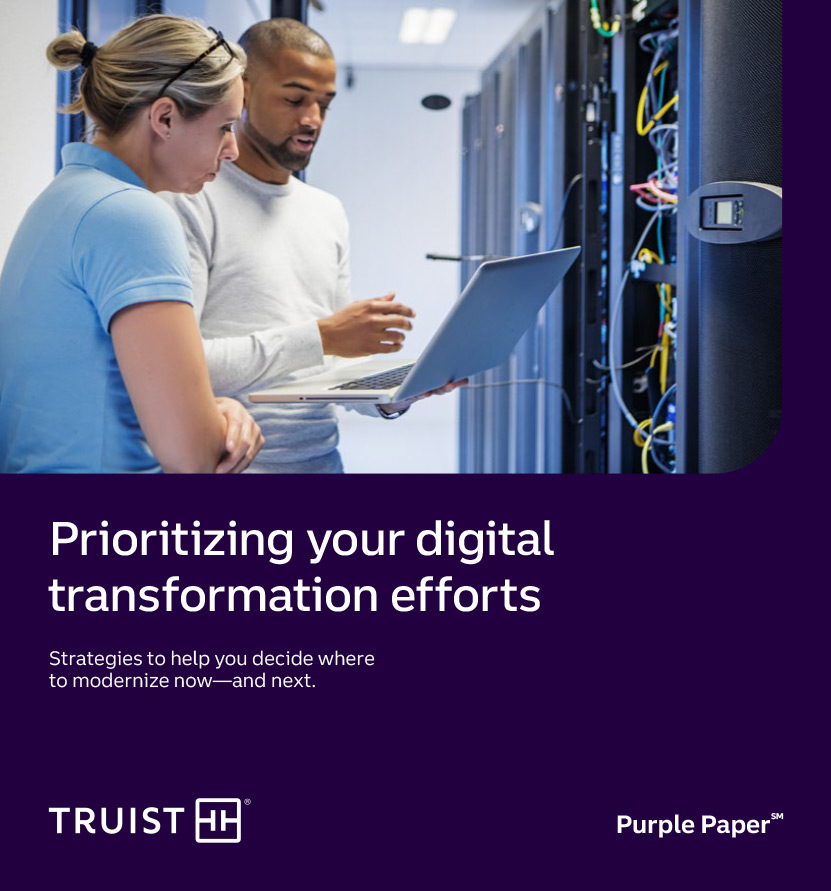
Protecting Your Business Against Social Engineering Fraud | Truist
Fraud How to identify and prevent the most prevalent cyber scam
Preventing social engineering fraud
Article
Protecting Your Business Against Social Engineering Fraud | Truist
Social engineering involves exploiting a person’s trust to obtain private information or money to commit a crime. Learn how to prevent it here.

How to defend against corporate phishing attacks
Fraud How to defend against corporate phishing attacks
Learn tips and tactics for preventing fraud.
Article
09/08/2024
How to defend against corporate phishing attacks
Arming your employees with the knowledge and tools needed to protect your business from phishing attacks is vital.

How to defend your business against password theft
Fraud How to defend your business against password theft
Password theft is a foundational cybercrime hackers rely on to access your company’s computer networks. Learn how to spot and stop these attacks.
Article
09/12/2024
How to defend your business against password theft
Password theft is a foundational cybercrime hackers rely on to access your company’s computer networks. Learn how to spot and stop these attacks.


